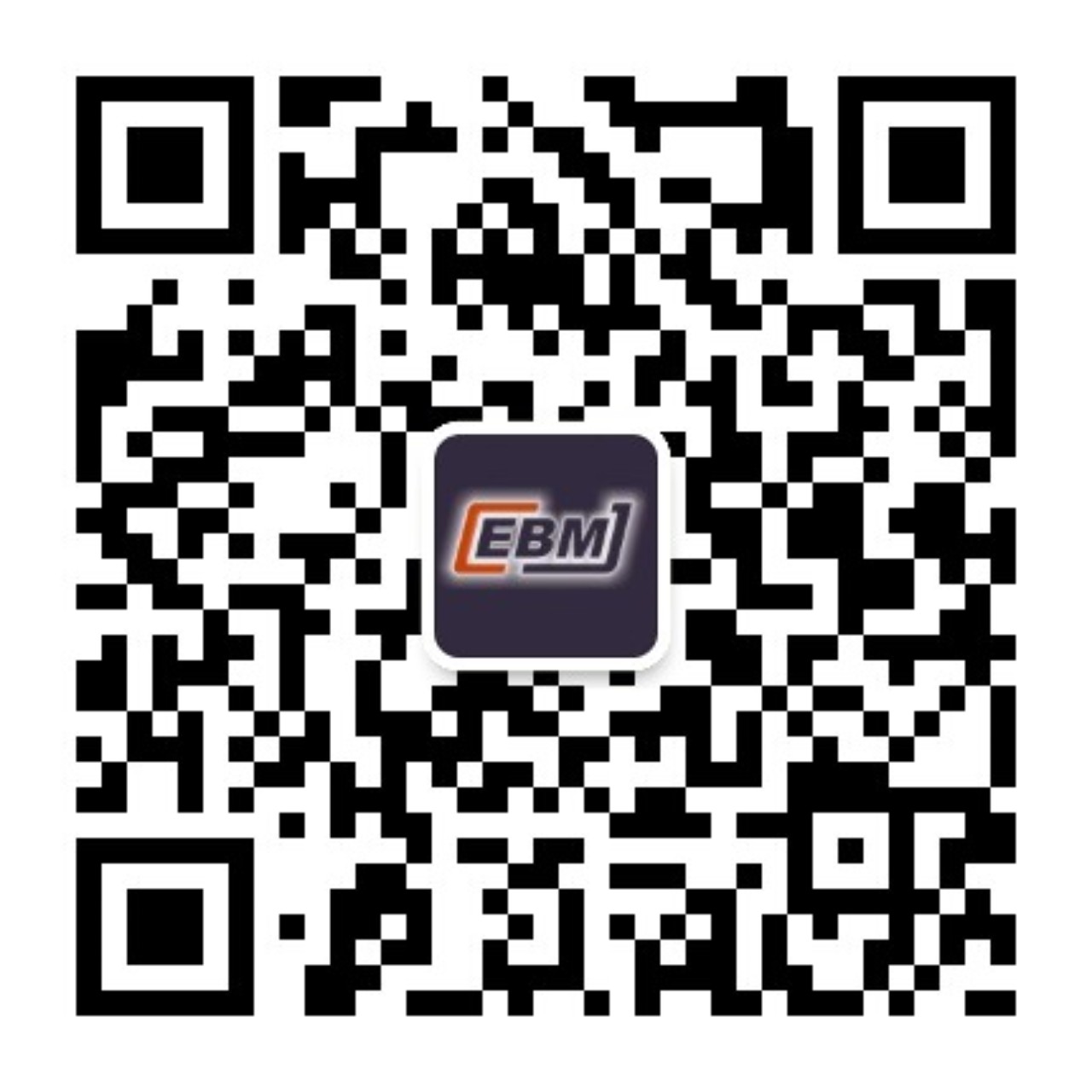| 1. |
陳園園, 王萍. 罕見病患者權利的缺失與保護. 醫學與社會, 2016, 29(10): 68-70.
|
| 2. |
Lu Y, Han J. The definition of rare disease in China and its prospects. Intractable Rare Dis Res, 2022, 11(1): 29-30.
|
| 3. |
Nguengang Wakap S, Lambert DM, Olry A, et al. Estimating cumulative point prevalence of rare diseases: analysis of the Orphanet database. Eur J Hum Genet, 2020, 28(2): 165-173.
|
| 4. |
Chung CCY, Hong Kong Genome Project, Chu ATW, et al. Rare disease emerging as a global public health priority. Front Public Health, 2022, 10: 1028545.
|
| 5. |
李瑩. 關于我國罕見病相關政策制定的探討—基于罕見病群體生活狀況調研的分析. 中國軟科學, 2014, 278(2): 77-89.
|
| 6. |
黃恒琪, 于娟, 廖曉, 等. 知識圖譜研究綜述. 計算機系統應用, 2019, 28(6): 1-12.
|
| 7. |
梁靜, 文奕. 知識圖譜在醫學輔助診斷中的應用研究. 醫學信息學雜志, 2022, 43(11): 34-40.
|
| 8. |
王喜益, 葉志弘, 湯磊雯. 范圍綜述在護理領域的應用進展. 中華護理雜志, 2019, 54(8): 1259-1263.
|
| 9. |
Lockwood C, Dos Santos KB, Pap R. Practical guidance for knowledge synthesis: scoping review methods. Asian Nurs Res (Korean Soc Nurs Sci), 2019, 13(5): 287-294.
|
| 10. |
Seo H, Kim D, Chae JH, et al. Development of Korean rare disease knowledge base. Healthc Inform Res, 2012, 18(4): 272-278.
|
| 11. |
Lopes P, Oliveira JL. An innovative portal for rare genetic diseases research: the semantic diseasecard. J Biomed Inform, 2013, 46(6): 1108-1115.
|
| 12. |
Choquet R, Maaroufi M, Fonjallaz Y, et al. LORD: a phenotype-genotype semantically integrated biomedical data tool to support rare disease diagnosis coding in health information systems. AMIA Annu Symp Proc. 2015, 11(5): 434-440.
|
| 13. |
Pinol M, Alves R, Teixido I, et al. Rare disease discovery: an optimized disease ranking system. IEEE Transactions on Industrial Informatics, 2017, 13(3): 1184-1192.
|
| 14. |
Sernadela P, González-Castro L, Carta C, et al. Linked registries: connecting rare diseases patient registries through a semantic web layer. Biomed Res Int, 2017, 2017: 8327980.
|
| 15. |
Adler A, Kirchmeier P, Reinhard J, et al. PhenoDis: a comprehensive database for phenotypic characterization of rare cardiac diseases. Orphanet J Rare Dis, 2018, 13(1): 22.
|
| 16. |
Gurovich Y, Hanani Y, Bar O, et al. Identifying facial phenotypes of genetic disorders using deep learning. Nat Med, 2019, 25(1): 60-64.
|
| 17. |
Li X, Wang Y, Wang D, et al. Improving rare disease classification using imperfect knowledge graph. BMC Med Inform Decis Mak, 2019, 19(5): 238.
|
| 18. |
Subirats L, Conesa J, Armayones M. Biomedical holistic ontology for people with rare diseases. Int J Environ Res Public Health, 2020, 17(17): 6038.
|
| 19. |
Zhu Q, Nguyen DT, Grishagin I, et al. An integrative knowledge graph for rare diseases, derived from the Genetic and Rare Diseases Information Center (GARD). J Biomed Semantics, 2020, 11(1): 13.
|
| 20. |
Latorre-Pellicer A, Ascaso á, Trujillano L, et al. Evaluating face2gene as a tool to identify cornelia de lange syndrome by facial phenotypes. Int J Mol Sci, 2020, 21(3): 1042.
|
| 21. |
Zhu Q, Nguyen DT, Alyea G, et al. Phenotypically similar rare disease identification from an integrative knowledge graph for data harmonization: preliminary study. JMIR Med Inform, 2020, 8(10): e18395.
|
| 22. |
陳一龍, 卜嘉彬, 李景宇, 等. 基于知識圖譜的罕見病就醫決策引擎設計研究. 華西醫學, 2021, 36(12): 1730-1733.
|
| 23. |
Zhu Q, Nguy?n DT, Sheils T, et al. Scientific evidence based rare disease research discovery with research funding data in knowledge graph. Orphanet J Rare Dis, 2021, 16(1): 483.
|
| 24. |
Yang J, Dong C, Duan H, et al. RDmap: a map for exploring rare diseases. Orphanet J Rare Dis, 2021, 16(1): 101.
|
| 25. |
程世成. 智能藥物重定向與疾病輔助決策關鍵技術研究. 大連: 大連理工大學, 2021.
|
| 26. |
Havrilla JM, Liu C, Dong X, et al. PhenCards: a data resource linking human phenotype information to biomedical knowledge. Genome Med, 2021, 13(1): 91.
|
| 27. |
Sun Z, Yin H, Chen H, et al. Disease prediction via graph neural networks. IEEE J Biomed Health Inform, 2021, 25(3): 818-826.
|
| 28. |
Alves VM, Korn D, Pervitsky V, et al. Knowledge-based approaches to drug discovery for rare diseases. Drug Discov Today, 2022, 27(2): 490-502.
|
| 29. |
Kuo TC, Wang PH, Wang YK, et al. RSDB: a rare skin disease database to link drugs with potential drug targets for rare skin diseases. Sci Data, 2022, 9(1): 521.
|
| 30. |
Zhu Q, Qu C, Liu R, et al. Rare disease-based scientific annotation knowledge graph. Front Artif Intell, 2022, 5: 932665.
|
| 31. |
Foksinska A, Crowder CM, Crouse AB, et al. The precision medicine process for treating rare disease using the artificial intelligence tool mediKanren. Front Artif Intell, 2022, 5: 910216.
|
| 32. |
Ma C, Zhou Z, Liu H, et al. KGML-xDTD: a knowledge graph-based machine learning framework for drug treatment prediction and mechanism description. Gigascience, 2022, 12: giad057.
|
| 33. |
Martínez-deMiguel C, Segura-Bedmar I, Chacón-Solano E, et al. The RareDis corpus: a corpus annotated with rare diseases, their signs and symptoms. J Biomed Inform, 2022, 125: 103961.
|
| 34. |
Sanjak J, Zhu Q, Math EA. Clustering rare diseases within an ontology-enriched knowledge graph. bioRxiv [Preprint], 2023, (2): 2023.02. 15.528673.
|
| 35. |
趙廣立, 李惠鈺. AI“望診”能知罕見病. 商業觀察, 2019, (Z1): 30-32.
|




